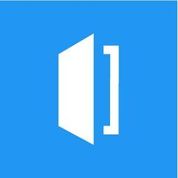Field Nation is a Field Service Management Software. Field Nation offers Analytics (Workforce), Reporting, Route Optimization, Job Scheduling, Attendance Management and many more functionalities.
Some top alternatives to Field Nation includes Service Fusion, Housecall Pro, Workiz, Field Force Tracker and Service CRM.
Yes, Field Nation provides API.
Yes, Field Nation provides a mobile app.
Field Nation is located in Minneapolis, Minnesota
Field Nation offers Free Trial, Quotation Based pricing models
The starting price is not disclosed by Field Nation. You can visit Field Nation pricing page to get the latest pricing.












